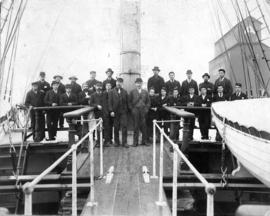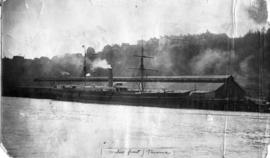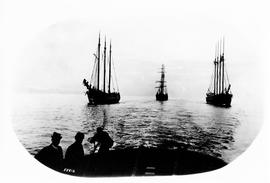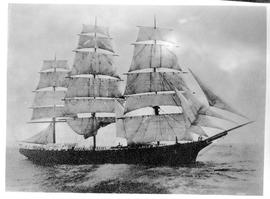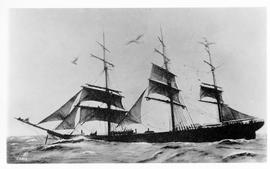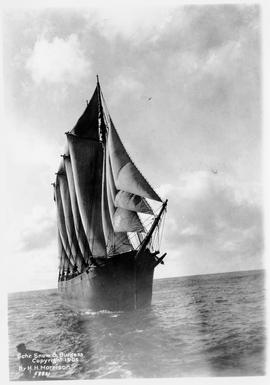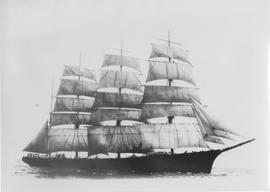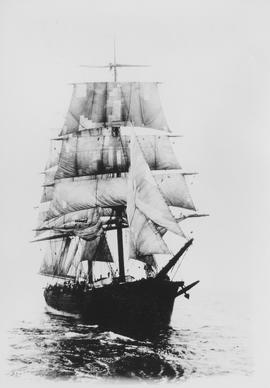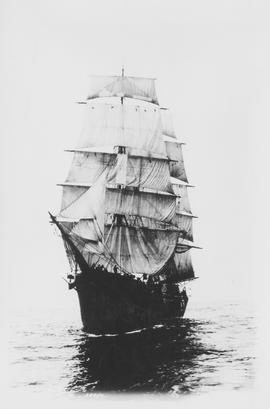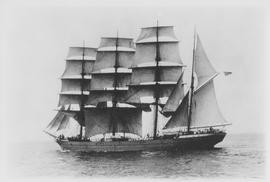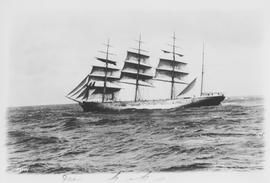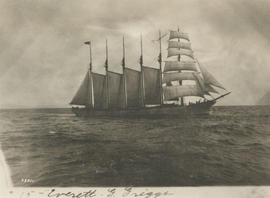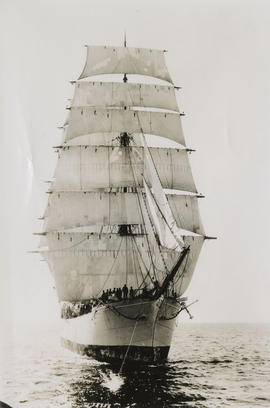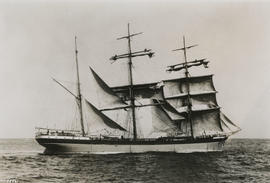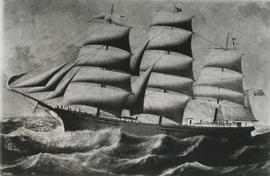- Item
- 1903
Part of General Photograph Collection
ca. 1903. Noted Northwest marine photographer Wilhelm Hester photographed the crew of the "Buckingham" circa 1903 with grain elevator A on Tacoma's waterfront in the background. The men were under the command of William Roberts and all were neatly dressed in suits. There was also one woman in the center of the group, perhaps a family member of one of the crew. Wilhelm Hester, a Seattle resident, had offices in Tacoma's Bernice Building at 1106-08 Pacific Ave. for several years in the first decade of the 20th century. He took photographs of ships and sailors on the Tacoma, Seattle and Port Blakely waterfronts. This ship was probably in port to pick up a cargo of flour.
Shipping--Tacoma--1900-1910; Cargo ships--Tacoma--1900-1910; Waterfronts--Tacoma--1900-1910; Grain elevators--Tacoma--1900-1910;
